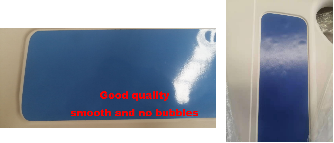Quality testing
Our products have undergone rigorous quality testing, such as load-bearing testing, bedside material and weight testing, and parts thickness testing
Load-bearing test
Our thickness of bed surface is 0.8mm~1mm before coating, Our maximum bearing capacity is 250KG.
Small companies supply the thickness of the bed surface and frame is 0.1-0.2mm thinner than ours, so their maximum bearing capacity is only 150KG and easy to deform and bend in the process of use.
Many customers are skeptical about the load-bearing capacity of beds, and some even have quality problems when using beds purchased from other suppliers because the load-bearing capacity is not up to standard. The load-bearing capacity of our products is greater than or equal to 250KG. After each batch of products is completed, we require a load-bearing test. This is a 24-hour load-bearing test on the products before they are put into storage. The bed height is 500mm. After the 250KG sandbags are placed for 24 hours, There is no change in altitude. From this point we can also see that the quality of our products is very high.
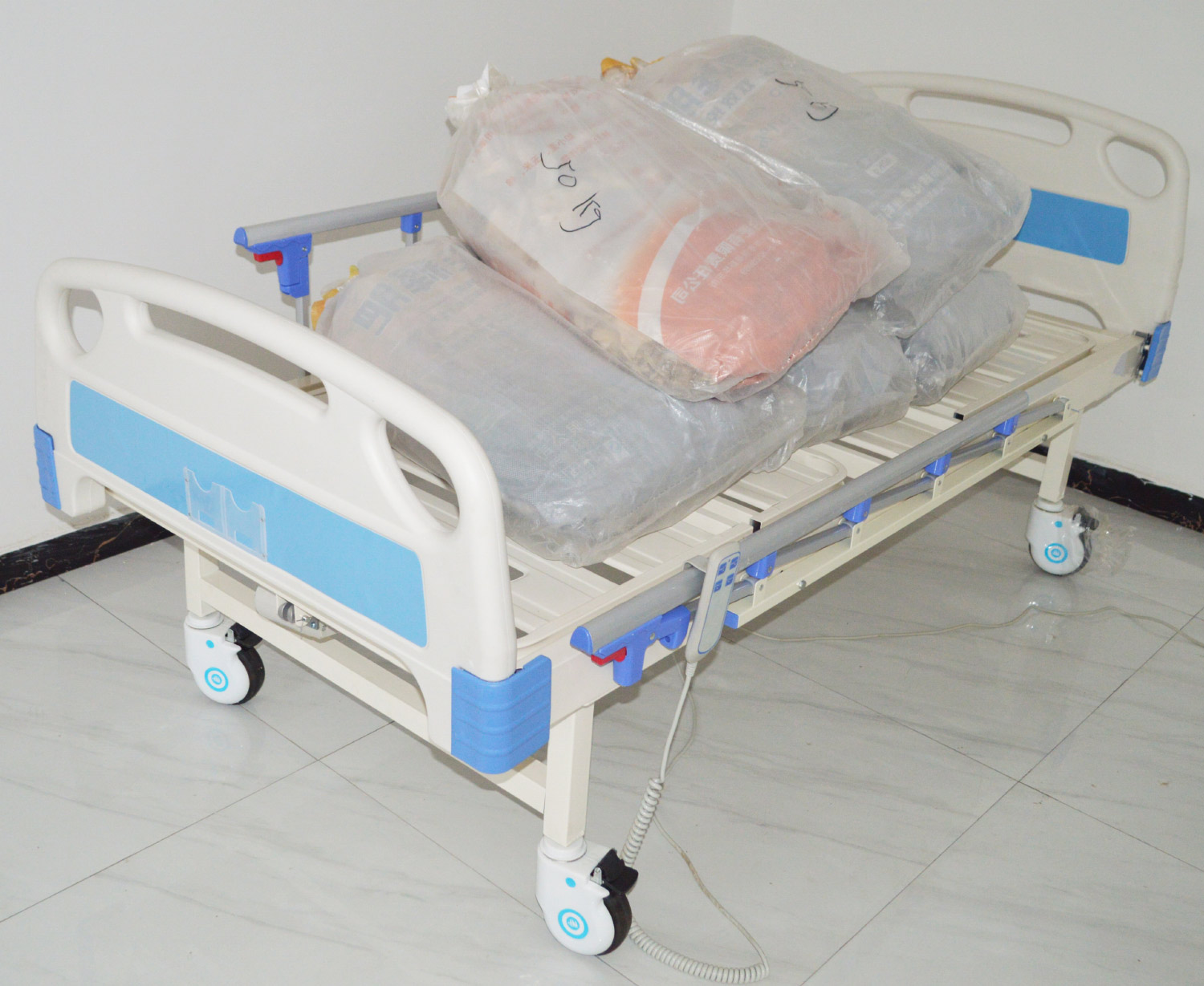
Raw materials
The color is shiny, our headboard uses brand-new raw materials, not recycled materials, and the headboard made of new raw materials is more beautiful and generous.
If the headboards use recycled materials or add calcium powder, although the weight does not change, the cost will be much lower. But the product will be easy to damage after a year of use, because they are very brittle and cannot withstand gravity.
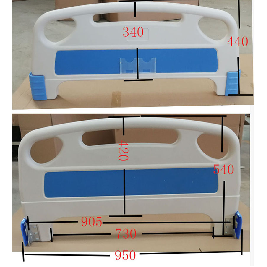
Headboard weight
Weight is the standard of quality inspection. The heavier the headboard, the more materials used, the stronger the headboard, the better quality, and of course, the higher the cost.
Left is a comparison of the weight of footboard. The headboard/footboard we use weights 6kgs/pair, has a long service life and can withstand greater pressure. There are also companies using 5kgs/pair headboard/footboard, service life is shorter than 6kgs/pair.
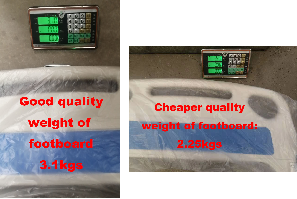
Anti-collision angle thickness
We use a 2.3mm thickness anti-collision corner and fixed by screw and nut. In the process of bed movement, the thicker anti-collision protection is stronger. Because thicker protect to have stronger flexibility and better buffer force, can avoid to the injury of the patient and the damage of accessories on the bed. Some companies use 1.6mm anti-collision corner and drlling screw, the anti-collision ability is relatively weak, and the drill screws are easy to fall off and cause damage to the headboard/footboard.
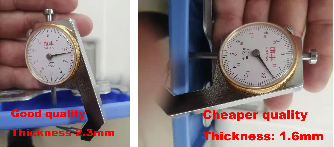
Connector thickness
We usually use 2.9mm thickness connectors and screws to connect the headboard/footboard with the bed frame. The headboard/footboard are stable when it is used, and can bear greater pressure, not easy to damage. Of course, some companies use 2.1mm, the stability is not good after installation, easy to shake.

Bedside membrane
The film of headboard/footboard is made of high quality thick film and high quality adhesive, with smooth appearance, no bubbles, shiny color and strong adhesion of adhesive, which is not easy to fall off after long-term use. Some companies in order to save costs, will use cheap film and poor adhesive, prone to bubbles, the use of the process of curling, even off. Poor adhesive will also have odor, long-time breathing of harmful odor causes harm to patients.
